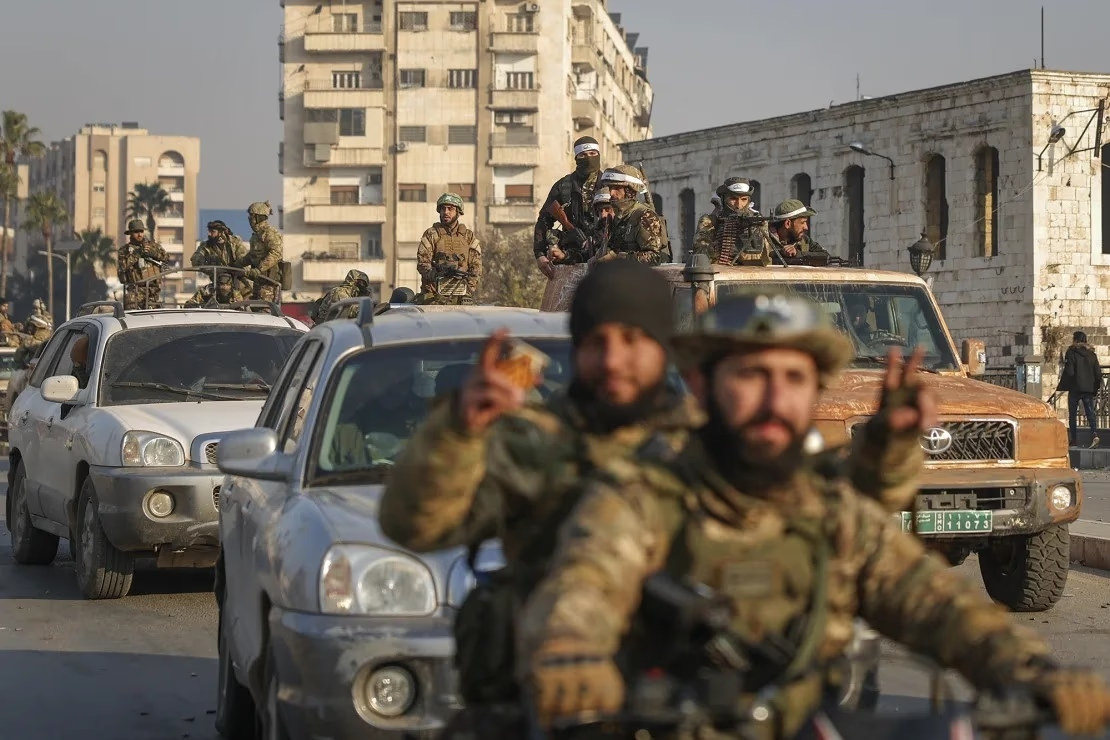The singular reign of Syrian President Bashar al-Assad has come to an extraordinary end. After a large portion of the country fell into the hands of rebels, Assad fled to ally Russia with his family. This astonishing turn effectively concludes the ongoing civil war since 2011. But it raises the question—how did the 53-year dictatorial grasp of Syria collapse in a mere fortnight? What weakened the Syrian army that had upheld Assad's fortress for decades?
In 1973, Bashar's father, Hafez al-Assad, took control in a coup, reigning over Syria with an iron fist. During his rule, sparks of rebellion ignited, leading to carnage. As a Shia minority leader, accusations of neglecting the Sunni majority also marred his rule. Upon his passing in 2000, Bashar inherited the throne.
Initially, the young Assad appeared progressive, promising modern development; however, he soon emulated the authoritarian path of his father, resulting in growing public discontent. The uproar gained momentum in 2011 following Tunisia's revolutionary events, marking a period of uprising throughout the Arab world. Despite Russia and Iran's backing, Assad struggled to suppress these revolts.
However, the unexpected unfolded on November 27. On this day, under HTS auspices, rebels initiated their confrontation against Assad's regime.
They launched a fierce attack on Assad's forces in western Aleppo. In a swift advance, they captured northwest Syria and, astonishingly, the capital Damascus within just two weeks. This endeavor resulted in 37 fatalities on both sides. Eventually, they controlled 13 villages, including the Syrian army's principal base in Aleppo.

Source: aajtak
Complete Seizure of Aleppo on November 30
Rebel forces attacked Aleppo, Syria's second-largest city, leading to significant Syrian military casualties. This formidable assault resulted in the rebels capturing the city, forcing Syrian troops into retreat.
Rebels Secure Hama by December 5
Bolstered by their momentum, rebels proceeded to capture Hama, a key city in western central Syria, ensuring direct access between Damascus and Aleppo. Despite over a decade of Assad's control, the city's fall to rebels marked a strategic Syrian army withdrawal.

Source: aajtak
Rebels Capture Daraa by December 6
Daraa, the origin of the 2011 uprisings, fell into rebel hands after Hama's capture. Controlling Daraa was pivotal for Damascus's seizure. The Syrian army was stalwart, but relentless north and south attacks forced an Assad withdrawal.
Victory in Homs on December 7
Rebels continued their southbound push, successively seizing each city along their path. This advance included their conquest of Homs. HTS declared the complete liberation of Homs from Assad's regime.

Source: aajtak
HTS spokesperson Lt. Col. Hasan Abdul Ghani announced their liberation of four major cities, Daraa, Quneitra, Suwayda, and Homs, within 24 hours before Damascus's fall.
Assad's Fortress in Damascus Overrun by December 8
Rebel forces reached Damascus's threshold. Last Sunday saw Damascus fall to the rebels, driving Assad to flee the country. Celebrating from the Umayyad Mosque, Jolani proclaimed this victory as a triumph for all Islamic nations, heralding a new chapter in Syrian history.
Thus, Assad's formidable army of nearly 300,000 troops proved inadequate against the encroaching rebels, compelling a systematic retreat.

Source: aajtak
Following Assad's departure, Syria's Prime Minister proposed conceding authority to the rebels. PM Mohammad Ghazi Al Jallali pledged to remain and collaborate with whoever the Syrian populace chooses.
In two swift weeks, rebels captured Damascus and Syria's four major cities. The pressing question remains: What is Syria's future? With the rebel victory, Syria has witnessed the conclusion of Assad's 24-year rule and a 13-year civil war.




